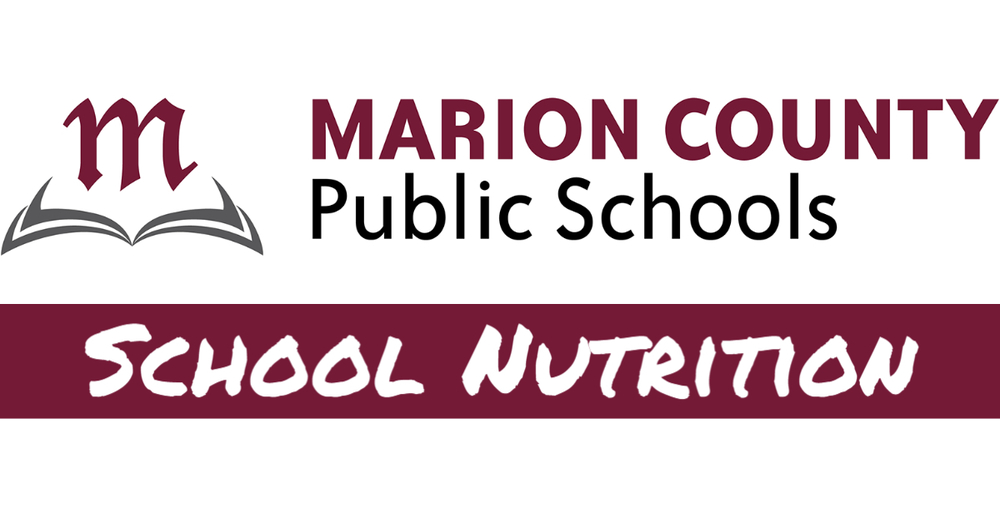What is an MCPS menu cycle?
MCPS menus are planned in cycles during the school year. Different menu items may be offered for a specified period of time and then replaced with new offerings. This allows us to increase the variety of foods offered during the year.
What is the lunch menu at MNPS?
Chef salad, fruit, and milk. To meet the diverse food preferences of MNPS students, Nutrition Services offers a vegetarian option at lunch daily. Menu items may contain or come into contact with milk, wheat, eggs, peanuts, tree nuts, fish, and soy.
What is MCPSS summer feeding?
The MCPSS Child Nutrition Department offers one of the largest summer feeding programs in the state of Alabama. Meals are provided to all children 18 years and under at no cost. Registration is not required to receive meals.
Does MNPS offer a vegetarian option at lunch?
To meet the diverse food preferences of MNPS students, Nutrition Services offers a vegetarian option at lunch daily. Menu items may contain or come into contact with milk, wheat, eggs, peanuts, tree nuts, fish, and soy. For more information, please contact the Coordinator of Nutrition Education & Training, (615) 259-8473.

When school is out, meals are in?
When school is out, meals are in. The MCPSS Child Nutrition Department offers one of the largest summer feeding programs in the state of Alabama. Meals are provided to all children 18 years and under at no cost. Registration is not required to receive meals.
What are the USDA guidelines for eating?
All of our meals must meet the new USDA Nutrition Standards, which require the following: 1 Fat free and 1% milk choices 2 More whole grains 3 Larger portions on fruit servings at breakfast and lunch 4 Larger portions on vegetable servings and specific vegetable types that must be served (dark green, red/orange, beans/peas, etc.) 5 Less portions of meat 6 Age appropriate calorie limits 7 Less sodium 8 Less saturated fat
What are the goals of child nutrition?
Goals of Child Nutrition: Serve nutritionally adequate, appealing and healthy meals. Help children grow socially and emotionally. Extend educational influences to the homes of school children. Improve children’s food habits with the ultimate goal of developing healthy adults.
